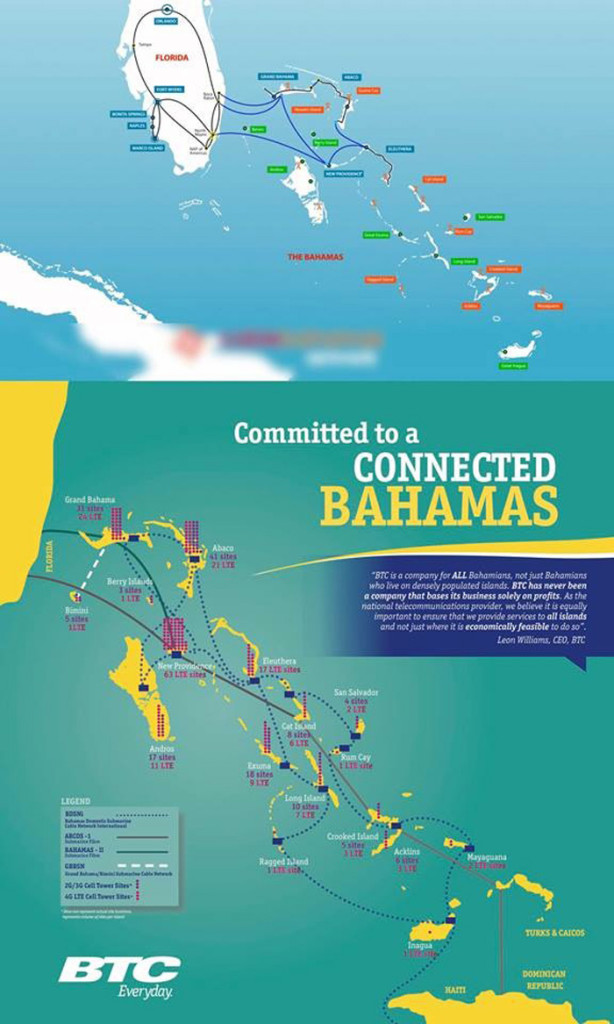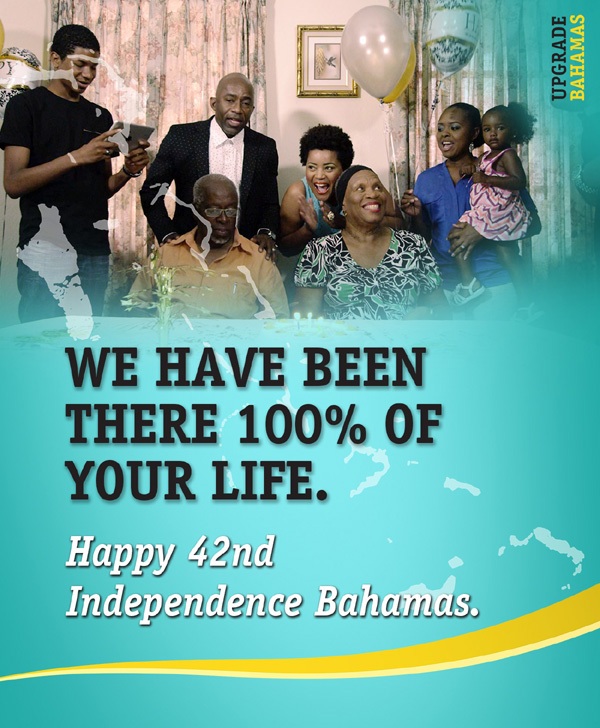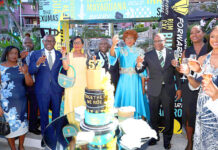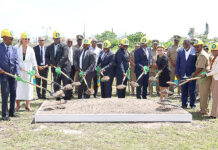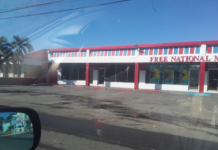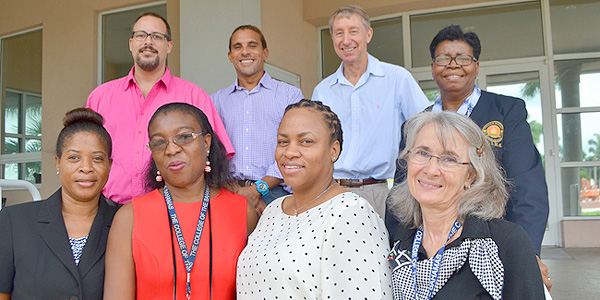
Nassau, BAHAMAS – What do Potcakes, a slave revolt on Cat Island, Bahamian citizenship and a national museum have in common? They are all the subjects of research articles included in the latest volume of the International Journal of Bahamian Studies published this week by The College of The Bahamas.
Volume 21 of the IJBS proves that research by Bahamians or about the Bahamas has truly “come of age”. This year’s volume features seven major research articles on a variety of topics related to The Bahamas.
Managing Editor, Virginia Ballance, remarked that the IJBS “has truly come of age with the publication of its 21st annual volume. It is now very well established as a niche area-studies journal. As an online journal, the articles are easily found on the Internet through free search engines. And from our statistics, it is obvious that the articles are being used and quoted.”
Although they all touch on issues of interest to the Bahamian public, the articles on citizenship and national identity might pique everyone’s interest. School of Social Sciences, Assistant Professor Stephen Aranha discusses the implications of the proposals for amendments to Bahamian citizenship included in the report of the Constitutional Commission of 2013.
In a similar vein, it is suggested that the curatorial framework of the proposed national museum of The Bahamas should address the multitude of Bahamian identities.
While Potcake dogs are a ubiquitous feature on the Bahamian landscape, have you ever wondered if they are true true Bahamians? The article co-authored by COB professors William Fielding and Marcia Mundle, along with Benjamin Sacks and Sarah Brown from the University of California, present their analysis of the DNA of Potcakes concluding that the Potcake we see today is really just a mongrel that is a mixture of many breeds.
“People like to imagine that the Bahamian Potcake is unique so we thought that we would put that to the test and look at the DNA in the Potcakes we could get access to. We looked at Potcakes from different islands; we put them through a commercial DNA test, which compares the DNA of commercial breeds. There were a large number those we could identify the breeds in those dogs…they could ultimately find nothing unique about the Bahamian Potcake. They are a mixture of breeds from various sources which have been coming into the country over the years” explained Fielding.
Although most Bahamians have heard of the Pompey Revolt, the slave uprising at Golden Grove Plantation on Cat Island in 1831 is not as well known. Dr. Allan Meyers from Eckerd College has highlighted the important role slaves played in protesting inequities and other injustices in the years leading up to Emancipation.
The volume includes three other longer articles: comparing and contrasting violence in the lives of Bahamian and American college students, evaluating the Bahamian court’s approach to liability for psychiatric injury and finally, whether officers in the Royal Bahamas Police Force perceive their work environment as one that promotes a culture of learning.
Included in the volume are several shorter articles, a literature review and book review, all on Bahamian topics. Two short articles describe departments at COB that are potential research resources: The Lynden Pindling Exhibition Room and the COB Institutional Archives. Shananda Miller Hinsey, LIMS, Systems Librarian wrote, “The Lynden Pindling Exhibit: the Man, the Dream, the Moment” a short article which highlights the life of Sir Lynden Pindling.
“We wanted to promote the exhibition space and let people know the various themes and the content of the Sir Lynden Pindling exhibition space. We have family photos, paraphernalia from when he attended school, in the section about the dream there are collages from his political career and campaign moments,” said Hinsey.
A review of the many books and articles written about Bahamian bush medicine pulls together a surprising wealth of information on the topic and the volume ends with a review of Errington “Bumpy” Watkins’s autobiography.
All 21 volumes of the International Journal of Bahamian Studies are available online at http://journals.sfu.ca/cob/ index.php/files/index.
Bookmark and Share




